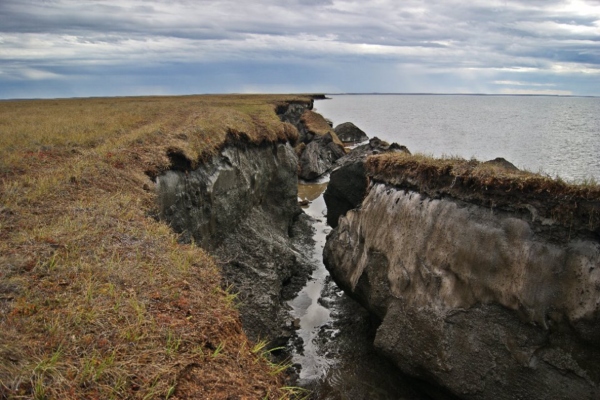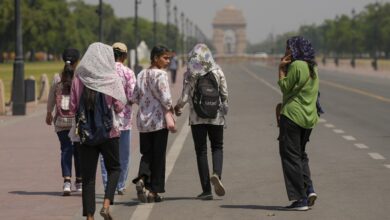Unleashing the Permafrost: The Menace of Deadly Microbes Amidst Global Warming

As the planet grapples with the escalating consequences of global warming, an ominous threat lurks beneath the surface – the release of deadly microbes from thawing permafrost. A recent scientific study has shed light on the potential dangers posed by these ancient microbes that have been locked in ice for millennia. As rising temperatures lead to permafrost thaw, there are growing concerns about the release of infectious agents that could pose severe risks to both human and environmental health. In this article, we delve into the emerging dangers of thawing permafrost and the urgent need for global action to confront this perilous situation.
The Permafrost Thaw and Microbial Awakening
Permafrost, the permanently frozen layer of soil, sediment, and rock, covers vast expanses of the Earth’s northern regions. This icy time capsule has preserved ancient bacteria, viruses, and other pathogens, some of which date back to the prehistoric era. However, with global temperatures on the rise, permafrost is rapidly thawing, allowing these long-dormant microbes to reawaken after thousands of years in frozen slumber.

The Alarming Consequences
The revival of these ancient pathogens carries significant implications for human health and the environment. Some of these microbes are known to cause serious illnesses, and their reemergence could lead to the outbreak of ancient diseases that modern medicine may not be equipped to handle. Additionally, as the permafrost thaws, it releases large quantities of methane and carbon dioxide, exacerbating climate change and creating a dangerous feedback loop.
Disease Resurgence and Global Health
One of the most alarming scenarios is the resurgence of diseases that have been dormant for millennia. For instance, the 2016 outbreak of anthrax in Siberia was linked to the thawing of permafrost, resulting in the deaths of both animals and humans. Such incidents raise concerns about the potential reemergence of other deadly pathogens that could spread rapidly in our interconnected world, posing a global health crisis.
Environmental Impact
The consequences of permafrost thaw are not limited to human health alone; they also extend to the delicate balance of ecosystems. The release of methane and carbon dioxide from thawing permafrost contributes significantly to greenhouse gas emissions, further accelerating global warming. This, in turn, intensifies the thawing process, creating a feedback loop that amplifies the effects of climate change.

Urgent Global Action
Addressing the risks associated with thawing permafrost requires collaborative and decisive action on a global scale:
1. Scientific Research and Surveillance: Governments and research institutions must invest in comprehensive studies to better understand the nature of ancient microbes found in permafrost and their potential impact on public health.
2. Strengthening Healthcare Infrastructure: Nations need to bolster their healthcare systems, preparedness, and response capabilities to effectively deal with the potential outbreak of ancient diseases.
3. Climate Change Mitigation: Reducing greenhouse gas emissions is crucial to slow down the rate of global warming and minimize the effects of permafrost thaw.
4. Global Cooperation: Cooperation between countries is essential to address the transboundary nature of permafrost thaw and its implications for both human health and the environment.
The revelation of deadly microbes awakening from permafrost due to global warming presents a sobering reminder of the urgent need to address climate change. As temperatures continue to rise, it becomes increasingly critical for nations to unite in their efforts to mitigate the effects of global warming, safeguard public health, and protect the delicate balance of our planet’s ecosystems. By taking collective action today, we can hope to secure a safer and healthier tomorrow for generations to come.
News Mania Desk / Agnibeena Ghosh 31st July 2023
MUST READ
Controversy Surrounds ‘Oppenheimer’: Demands for Scene Removal in Christopher Nolan’s Latest Film






